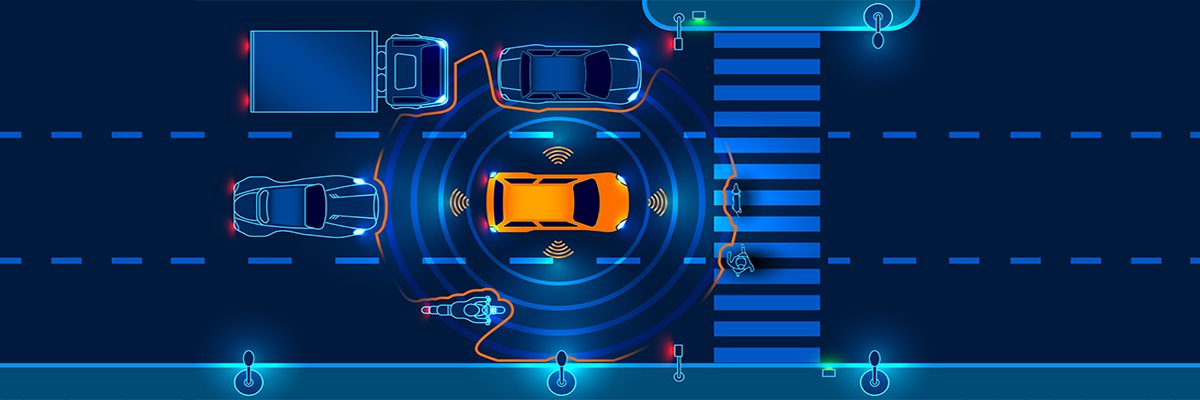Less than a year after announcing the creation of its Industry 4.0 campus in the Port of Antwerp area, Orange Belgium and its industrial partners have unveiled the fruits of their work in developing real-life applications, tailor-made for businesses, based on Orange Belgium’s 5G network in Europe’s second-largest port.
Orange first indicated the importance of the Port of Antwerp in January 2020 when it laid out its roadmap for Europe in 2020, highlighting the power of convergence and the need for ecosystem partnerships. While noting at the time some local issues that could delay the national roll-out of 5G in Belgium, Orange also revealed that it was working with the Port of Antwerp to introduce a standalone 5G network that could improve operational efficiency.
Fast forward nine months and Orange and its ecosystem partners are claiming they have now achieved “concrete results” by co-innovating and co-creating in the zone of the Port of Antwerp, on the 5G network. This is the first large-scale standalone network in the country which offers, as well as high speed and low latency, a network slicing capability that Orange says makes it ultra-reliable for businesses.
In the Industry 4.0 campus, Orange and the Antwerp Port Authority connected a tugboat to the 5G network, allowing it to stream real-time images and other data, such as radar and sonar, to the control room. Using this real-time information, the Antwerp Port Authority said it could increase the efficiency and safety of towing vessels across the port. This allows it to increase the number of ships entering and leaving the port each day.
“At the Port of Antwerp, we are looking at a number of concrete 5G applications, such as smart cameras, drones and autonomous ships and trucks,” said Erwin Verstraelen, chief digital and innovation officer at the Antwerp Port Authority. “It is important to learn about this technology as a company and gradually prepare for the arrival of it, because the great potential lies in B2B [business-to-business] applications. It is also important to realise that 5G is part of our country’s digital infrastructure and we cannot afford to miss the boat there.”
Elsewhere in the campus, high-tech polymer manufacturer Covestro decided to use the potential of 5G to allow its field operators to get real-time access to all the information they need. The company noted that field inspections of chemical plants require a significant amount of technical information about the plant equipment and require much expertise from the field operator.
Using the 5G network, Covestro’s operators were equipped with a tablet or with smart glasses and connected in real time to large amounts of technical data and videos, including 3D models of the installation to be serviced. With 5G, the field operators were also able to call in remote assistance. Covestro said such access to crucial information significantly improves its work processes and the remote assistance reduces the need for physical presence in the chemical production environment.
Peter Verdonck, venture manager of Covestro’s aniline expansion project, said: “First of all, we were amazed by the strength of the 5G coverage in our outdoor production installations, even in between the steel structures. It is clear now that 5G will offer us the opportunity to enter a new, paperless era.
“Via an online, fast and secure data network, we will be able to make sure that field operators in the future always have the latest technical information instantly available on the spot. Being able to also call in external online assistance will also have a great added value. And by making use of smart glasses, our field operators and technicians will also have their hands free to work. We are convinced that 5G will bring a crucial transformation to our industry.”
Also in the chemical industry, Borealis, a provider of polyolefins, base chemicals, fertilisers and melamine, used the secured data transmission enabled by Orange Belgium’s 5G network to securely connect plant equipment with cloud-hosted, artificial intelligence-powered quality check systems. The firm said this meant connectivity being released from cable infrastructure, while maintaining data isolation and the highest industrial standards for its production.
Meanwhile, chemical giant BASF is working with Orange Belgium to equip its employees and visitors with multifunctional 5G smartphones. BASF also plans to use 5G capabilities to implement location-based safety applications and high-quality, real-time images. In case of a serious incident, these channels are protected from network overflow using 5G network slicing.
“It would be great to evolve to a one-device situation, with respect to the comfort for the user and the total cost of devices,” said Steven Werbrouck, expert site automation services and connectivity at BASF Antwerpen. “Next to that, if we could add on some useful features for the intervention teams, whether they are from the medical department or the fire brigade, we can also help them be more effective.
“Think about geofencing, video streaming with body cams or connecting wearable gas detectors to the dispatcher’s overview. What we have seen so far looks promising. If coverage and quality of service can be guaranteed, this could well be the wireless network of the future.”
Going forward, Orange’s Industry 4.0 5G campus will continue to host customers who are willing to embark on this new technological journey. On top of the infrastructure, Orange Belgium will accompany businesses with a specific offer to help them explore, experiment and scale 5G use cases.













